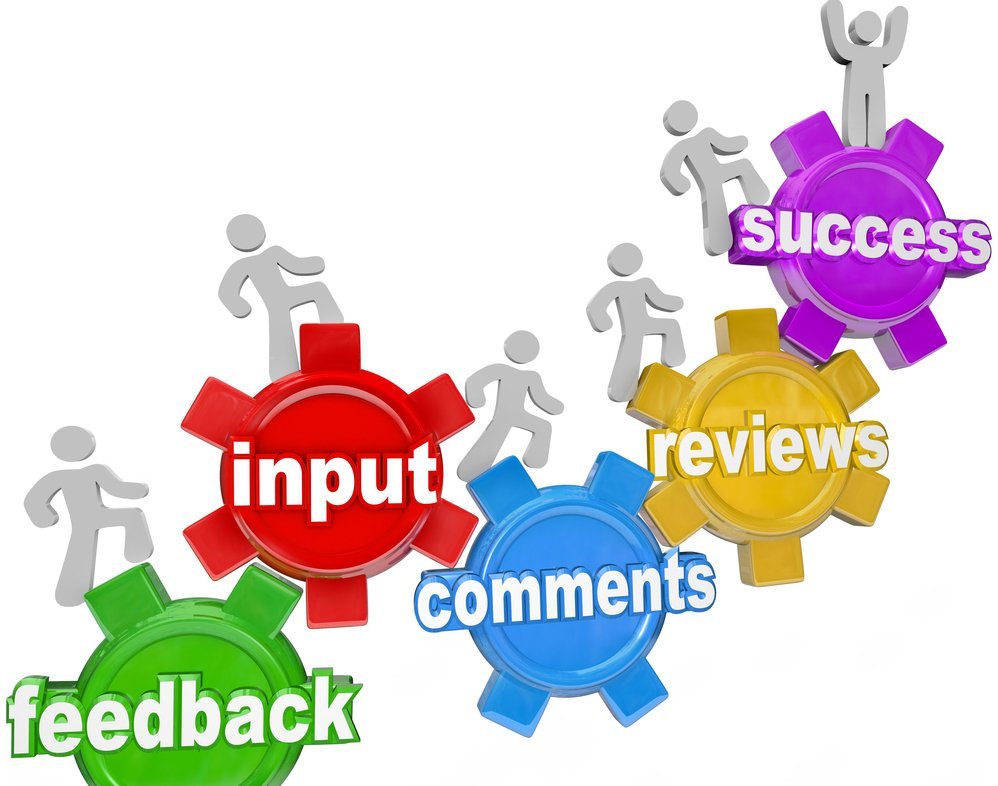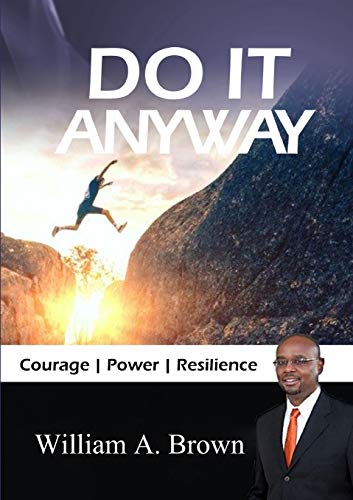Article-Detail

Evaluations; Difficult and Revealing
I took my hat, I took my stick,
My load I settled fair,
I approached that awful incubus
With an absent-minded air --
And I walked directly through him,
As if he wasn't there!
- Charlotte Perkins Gilman, An Obstacle; 1892
I had a conversation recently with a thought partner (and friend) about a difficult evaluation she had to give. As the leader, it was on her to evaluate a very popular employee who was not performing to her expected level. The prospect of having a difficult discussion with someone who the rest of the staff was so close with caused her anxiety. According to her story, most people in the office knew this employee was ineffective but, because of his personality, people overlooked his shortcomings. For her, his shortcomings were a source of frustration that constantly cost her time to make up for. The truth is, she liked him too but needed to have this difficult conversation before her patience ran out. In short, her fear was rooted in upsetting him and having the staff turn on her for it.
Most of our first conversation was defining what an evaluation was, what is the purpose of this exercise after all. The purpose of an evaluation is to make employees better and should be an extension of the coaching you give every day. This approach should make the evaluation process easier for everyone, and should eliminate stress, anxiety, and resentment. What she needed was a plan to have this difficult conversation in a way that communicates clearly his areas of need, and that she supports his success. Kim Scott’s book, Radical Candor, describes this approach best. In her book, Scott says that leaders should, 1. Care personally, and 2. Challenge directly. A good strategy for her would be to look at this situation as an opportunity to give feedback to someone you care about. If this were someone close to you such as a childhood friend or family member, the goal would be stronger than the fear of resentment, you would just do it. You would communicate concern for the person and the performance. This is no different.
In this particular situation, imagine how popular this person would be around the office if he were more reliable and efficient, and work from there. First, tell him what is real. He is easy to be around, most people in the staff enjoy his company and that a good personality fit is important to any team. This is why having a conversation about areas of growth is so important. I want to complete the circle by building performance people admire too. Second, get to the criticism that is real. Do not generalize with words like, “you always.. You never… every time... “, instead be specific. Describe 2 to 3 times where his inefficiency or lack of follow through cost the team and the impact on team members. Keep in mind that criticism carries five times the punch of a compliment so sandwich it with personal concern that communicates your goal of professional success. Third, talk specifically about how it could have been done better. Share strategies that have worked for you or others. Suggest that the employee use his calendar, have him check in with team members, offer him follow-up coaching sessions, whatever it takes for the employee’s performance to match his personality.
What you’ll learn is, those areas of growth wont come as a surprise to the employee. They know when they don’t hit a timeline, or don’t complete a task, and most of the time the employee won’t be proud of it. What you’ll also find is a receptiveness to coaching especially if the leader is invested in the success of that employee. If you are met with defensiveness, the employee is revealing what they really are and that employee should be dealt with. A leader can cause defensiveness with his or her approach. If your approach isn’t supportive but is instead overly critical, you’ll get defensiveness, resentment, and a closed mind to the leader. This is a response to the messenger, not the message. Defensiveness to the messenger, and defensiveness to the message look the same but defensiveness to the messenger is more powerful and will threaten anything you try to build with your team so be careful with your approach to people.
Always make time to tell people what you expect of them, what your goal is, what their role is in it, and that you expect their best. Some leaders call this, giving them a reputation to live up to. Constantly implying their excellence, pointing out areas of strength, and areas of growth with the goal of that excellence is a form of compliment which goes a long way with your team morale, confidence, and performance. Engaged employees care about their performance so their engagement is your goal. Work toward that and you’ll get employee’s personal investment in their work. If you want their engagement in the work, the leader has to engage with them personally by expressing an interest in them and their success.
I could hear my friend’s confidence building and as her conversations with that employee proceeded. She also found it easier to have difficult conversations with other employees. The employee was aware of his shortcomings and wanted to improve but bad habits tended to get in his way. A few strategies and follow up with the boss relieved what was stressful for the entire team. Instead of resentment and a full on mutiny, respect for the boss grew throughout the team. Because she had that courageous conversation with that employee, that employee could have it with his colleagues, and the team started pitching in to help him. It all started with overcoming anxiety, orienting toward success, and acting in the best interest of employees.
I’ve had to battle and overcome the same anxiety. Today, I see leaders avoiding personal discomfort while causing unnecessary stress on their team. The role of the leader includes doing the most difficult and uncomfortable things so get comfortable with discomfort and act. What you’ll find is that people care about their performance, what you think about them, and be willing to work toward personal and professional excellence. Help them get there and you will SOAR!
William A. Brown
July 19, 2020
https://www.thereader.org.uk/featured-poem-an-obstacle-by-charlotte-perkins-gilman/




